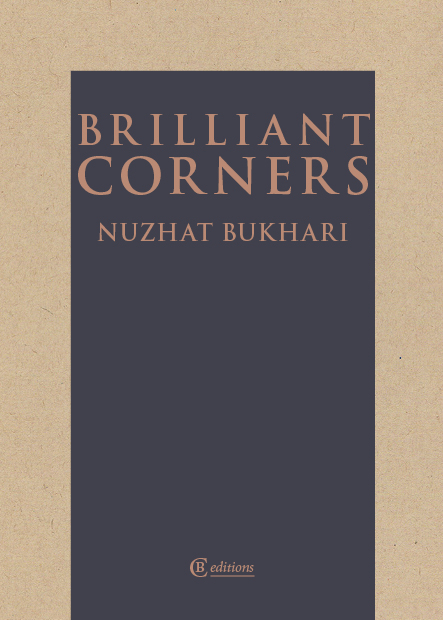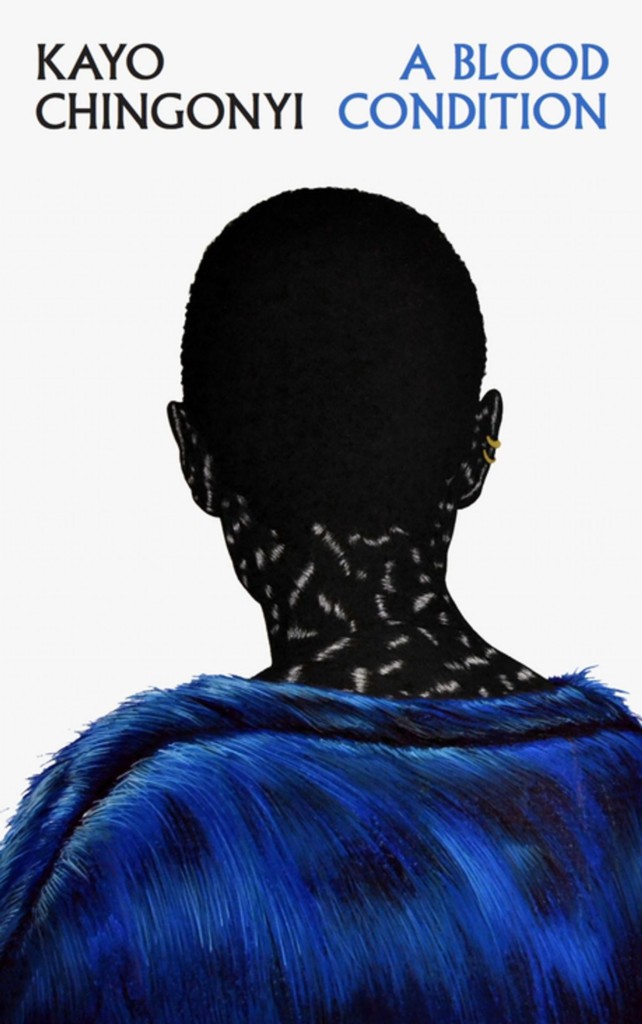How do we reconcile conflicting inheritances? Many poets of colour find themselves caught between two roads: the English lyric, whose focus on internal feeling can imply a disavowal of history, and the real histories from which today’s poets arise; histories bent by the home of the English lyric. The lyric and its most apparently ahistorical subcategory, the nature poem, has come to be known by the shorthand of Wordsworth’s ‘I Wandered Lonely as a Cloud’ with daffodils ‘Tossing their heads in sprightly dance’; poets attempting to usher history into the lyric often target those daffodils. Take Noor Hindi’s frank ‘Fuck Your Lecture on Craft, My People Are Dying’:
Colonizers write about flowers.
I tell you about children throwing rocks at Israeli tanks
seconds before becoming daisies.
I want to be like those poets who care about the moon.
If Hindi’s bare, irregular lines lie on the American end of the postcolonial poem spectrum, Nuzhat Bukhari’s ‘Haiti’ (part of the 2021 release Brilliant Corners) dwells at the English end, conformist on its surface, framed by a historical epigraph (Toussaint L’Ouverture, the Haitian revolutionary leader), garnished with literary quotations (Wordsworth), and hewn to a staidly uniform line length. Yet despite the appearance of tradition, the poem stages a rebellion through its contrast of literary and street diction:
Faintly acrid vapour of sperm and latex decomposing
with burnt Mary-Jane leaf. A wood’s putrefied understory.
I am here – the ungrateful immigrant, in England’s
whacked pastoral; a grassy blotch by a council estate.
Someone has snuffed a fag in a daffodil’s velvet corona.
Instead of trees, Bukhari gives us marijuana; instead of vales and hills, ‘a grassy blotch by a council estate’. The lovely English pastoral is ‘whacked’ – a word that can be read as both traditional verb and slangy adjective, subjected to violence and high on drugs – and the daffodil’s sweet ‘velvet corona’ is sullied by the dregs of tobacco, the crop that fuelled England’s colonisation and slave trade in North America and which today accounts for the bulk of the London-headquartered British American Tobacco’s £25 billion annual revenue. In Bukhari’s hands, the ‘tossing’ heads of daffodils are synecdoche for the bodies of those killed in slave rebellions. Bukhari’s speaker cannot read Wordworth’s apparently innocuous verses, inspired by the serene Lake District, without recalling the colonial activity that made leisure on the English island possible; even today, 10 to 20 percent of Britain’s wealthy have historical links to slavery, according to University College London’s Centre for the Study of the Legacies of British Slavery. An elegant, asymmetrically rhymed couplet (‘The underbrush of the English lyric catches my feet. / The trade of ink bitter-sweet: a cleft palate won’t heal’) shows that legacy to be physically embedded in the landscape, tripping the poet with ink that turns out to be blood. The cleft palate, a birth defect that causes speaking difficulties if left untreated, symbolises the poet’s struggle to voice that legacy, as well as the gulf – the cleft – separating poets who cannot forget history and those who refuse to remember.
The urge to speak despite this cleft motivates Bukhari’s work and another 2021 release, Kayo Chingonyi’s A Blood Condition. Bukhari and Chingonyi work with different materials: Bukhari performs ekphrasis of artistic work ranging from Wordsworth to the music video for Beyoncé and Jay-Z’s ‘Apeshit’ at the Louvre, whereas Chingonyi transforms personal and family stories into free verse, sonnets, and 16-bar rap. But both projects are concerned with moving beyond the English lyric to a more ample and accurate postcolonial one. One strategy for recovering from a difficult past is to acknowledge it, and both writers do this early in their texts, Bukhari with a page-one reference to T. S. Eliot (Eliot’s ‘fear in a handful of dust’ becomes ‘fear / in a handful of words,’ the implication that the words are now dust, obsolete). Chingonyi chooses a more recent reference, Simon Armitage’s 2015 ‘Camera Obscura’, about an eight-year-old in a village who glimpses his mother from afar and who is confronted with her frailty and the humbleness of her shopping bag which ‘nurses / four ugly potatoes caked in mud’; as the poem continues, it becomes clear the vantage point is not that of an eight-year-old, but of a grown man remembering his dead mother:
On Old Mount Road the nearer she gets
the smaller she shrinks, until you reach out
to carry her home on the flat of your hand
or your fingertip, and she doesn’t exist.
One of Armitage’s key word choices is ‘nurses’, a strange verb that becomes the pivot for Chingonyi’s speaker to recall his mother at the ‘Guy’s and St Thomas’s’ hospitals in London.
How can I set down
the passage of time? Who knew a face
becomes less and less distinct
the longer it no longer exists?
How to lift this mist
from my eyes, that I might see
this concrete and glass
for what it is and stop
writing my mother into it
that I might let her walk away
becoming smaller and smaller
until she disappears.
In Armitage’s ‘Camera Obscura’, the poem ends with the mother trodden down by old age and the petty labour of putting food on the table. Chingonyi’s poem is about another kind of non-existence, an HIV infection that brings about the mother’s physical death as well as a social one. The collection’s title, A Blood Condition, refers to the speaker’s historical inheritances and, euphemistically, to illness. While Armitage’s mother is about to be cradled in a warm palm, the mother in Chingonyi’s work is surrounded by harsh ‘concrete and glass’, manmade materials that pull us out of the nostalgia-tinged English village and into the hard architecture by London Bridge, where countless other women ‘of a certain height – / hair plaited neat’ commute to work.
Plaits can symbolise generational care – a parent braiding a child’s hair – and also recall HIV’s double-wound strands of RNA. These welcome and unwelcome family inheritances form the backdrop of Chingonyi’s collection, which begins in Zambia, where in 2018 the female rate of HIV was 14 percent, twice that of male counterparts. In an interview with Five Dials, Chingonyi speaks of how Zambia and the virus are co-located in his writing terrain:
It’s a source of national grief in Zambia because there’s no family untouched by the virus. And my family is no different. So I suppose I was always going to write about it if I was going to delve into inheritance and talk more directly about my Zambian-ness.
That plaited inheritance is expressed in ‘Origin Myth’, a sonnet crown starting in the year 1920, the year a strain of HIV emerged in what was then the Belgian Congo. The form of the crown, with end lines that are repeated and often slightly skewed in the opening of each subsequent sonnet, is a natural fit for a migrating and mutating virus; Danez Smith used the form for their 2017 HIV sequence, ‘crown,’ which bleeds red with fruit, a robin, a wagon. The force of a single line in dictating each sonnet’s direction mirrors the power of a 100-nanometer sphere to determine a person’s life.
While Smith’s crown is fluid, careening without capital letters across surreal images in poems separated by small double slashes (visual reminders of those double strands, that cleft), Chingonyi’s crown remains more formal, with titles for each sonnet and more grounded scenes, like ‘The lobby of a Shoreditch hotel’ (‘Viral’). With its full punctuation and comfortingly solid historical dates, Chingonyi’s work attempts to corral the virus into a comprehensible narrative, an impossible task. The most memorable lines come in the closing couplets, where the compactness of the rhyme pushes the poem into less narrative territory. In ‘Erykah’, we see the virus’s invisibility (‘every confidence trickster has a tell; / the nucleus of an infected cell’); in ‘Viral’, we fear for people mixing together (‘The dancers heave and swell, in search of thrills, / like droplets moistening a windowsill’). Unlike Smith, Chingonyi also employs rhyme outside the end couplets, shifting between different patterns in the way the virus morphs with each iteration. These rhymes, which emphasise the end of each line, slow the forward propulsion of the poem and lend the gravity of a textbook or a pulpit oration.
The result is the blending of two inheritances – the English lyric and historical reality – but not their reconciliation. The sequence closes as it begins, with the year 1920, reminding us, a century on, that history is always beginning again. Chingonyi and Bukhari’s collections traverse a third road for poets, one where daffodils bloom to be used as ashtrays, the dust of language lingering in their coronas.


Add your Reply
You must be logged in to post a comment.